The Safety Sign Market has witnessed significant growth driven by increasing safety regulations and awareness across various industries. Competitive insights within this market reveal a landscape characterized by a mix of established players and emerging companies that continually evolve to meet the demands of safety compliance and risk mitigation.
The competition is influenced by various factors, including innovation in sign design and materials, adherence to safety standards, customization options, and distribution strategies. Companies are investing in technology to enhance the visibility and durability of safety signs while also focusing on providing educational resources to clients about the importance of workplace safety.
As regulatory frameworks become stricter globally, the demand for compliance-oriented safety signage continues to rise, heightening competitive dynamics and pushing players to diversify their offerings to cater to multiple industries.
American National Standards Institute holds a significant position in the Safety Sign Market, primarily through its role in developing standards and specifications that guide the production and use of safety signs. As a key authority, the American National Standards Institute ensures that all safety signs adhere to national regulations, promoting consistency and safety across various sectors.
The organization's strengths lie in its vast network and strong reputation for establishing trusted industry standards, which are adopted by numerous manufacturers and service providers. By influencing market practices, the American National Standards Institute plays a critical role in ensuring that safety signs effectively communicate vital information and adhere to legal compliance.
This regulatory expertise positions the American National Standards Institute as a leader in fostering quality and safety within the market, empowering stakeholders to meet the evolving safety needs in workplaces and public spaces.
SafetySign.com is a prominent player in the Safety Sign Market, known for its comprehensive range of safety signage solutions tailored for diverse applications. The company emphasizes a user-friendly online shopping experience that allows businesses to easily access high-quality safety signs, ranging from custom options to pre-designed solutions.
SafetySign.com has established a strong market presence by prioritizing customer needs, offering easy customization tools, and delivering swift distribution services. Their commitment to quality ensures that each sign meets industry standards, providing clarity and effectiveness in communicating safety messages.
With an extensive catalog and a focus on customer service, SafetySign.com continues to strengthen its position and expand its influence in the evolving landscape of safety signage, addressing the needs of various clients across different sectors while emphasizing the importance of compliance and safety awareness.



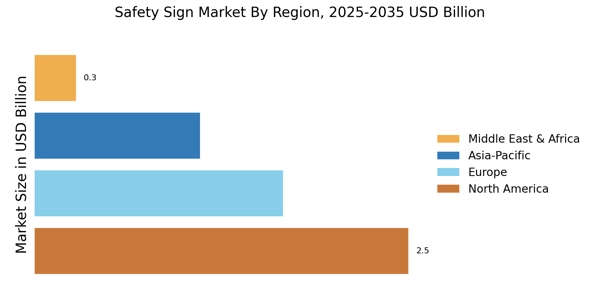

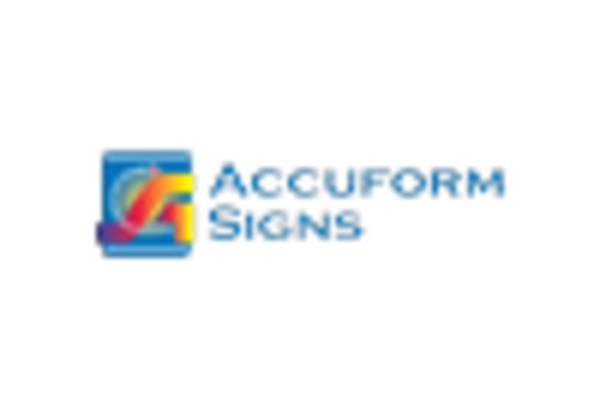

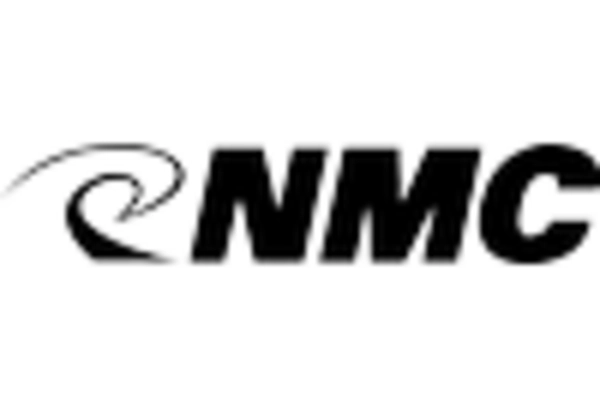
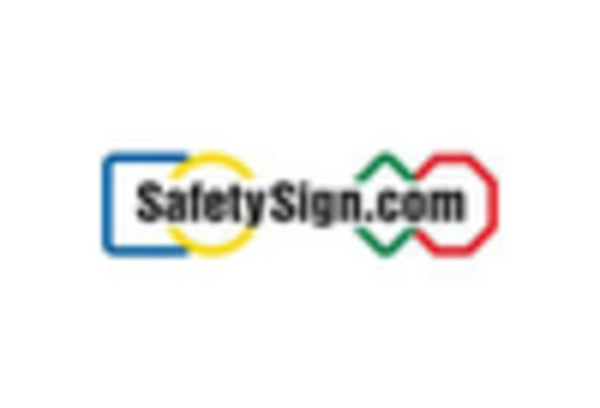
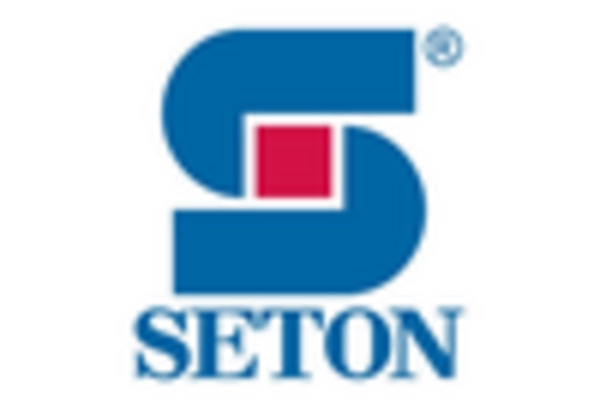








Leave a Comment